The 7 Longest Caves in the World

Intro
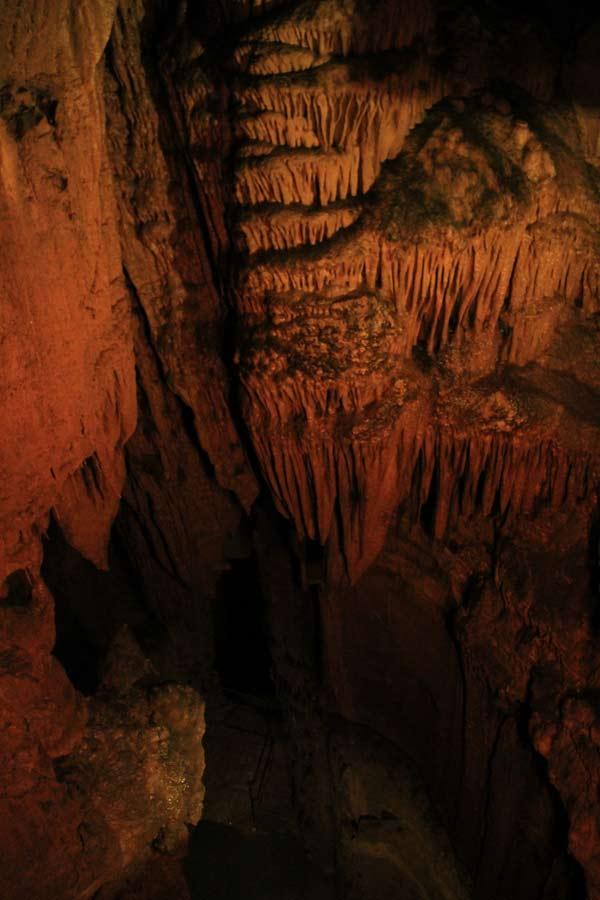
Caves conjure up images of dangling bats dangling, stalagmites and stalagtites rising from floors and ceilings and dark, dank holes that seem to to go on forever.
Here are the seven longest caves of the world, complete with many of those attributes, as well as many hidden gems.
Fisher Ridge Cave
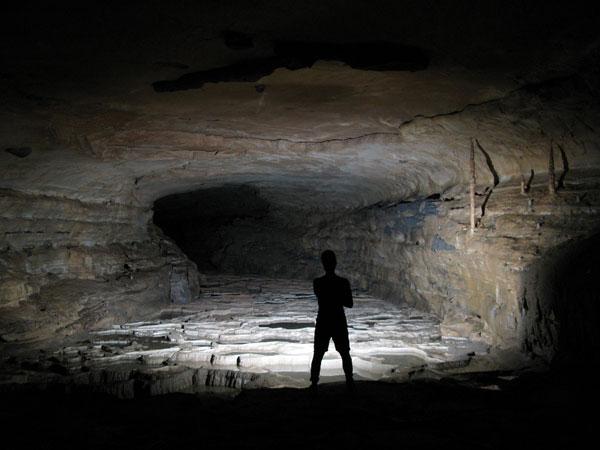
Length: 113 miles (181 kilometers)
Location: Kentucky, USA
The Fisher Ridge Cave System was discovered in January 1981 by a group of Michigan cavers associated with the Detroit Urban Grotto of the National Speleological Society.
It is located near the Mammoth Cave system, and if a connection is found between the two caves in the future, as well as nearby Martin Cave, the total mapped area would exceed 500 miles (804 kilometers).
In addition to the rapid pace of passage discoveries, 113 miles (181 kilometers) in the past 29 years, exciting archaeological finds were discovered in some of the cave's passages. Footprints, cane torch remains, and an interesting scratch mark motif were found. Carbon dating of some of the finds indicates there were visitors to the cave nearly 3,000 years ago.
Get the world’s most fascinating discoveries delivered straight to your inbox.
Holloch Cave
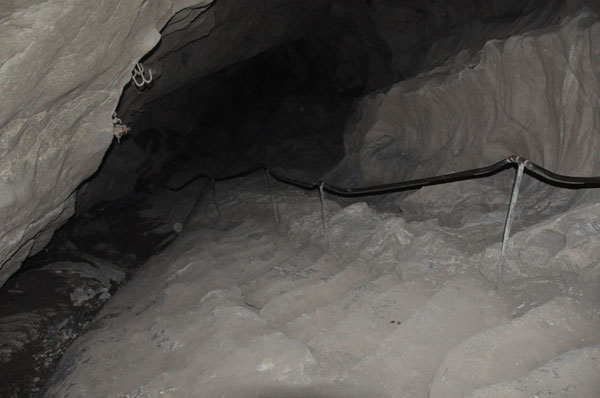
Length: 121 miles (195 kilometers)
Location: Muotha, Switzerland
'Hölloch' translates into English as "Hell's Hole," but the first syllable of the word means "slippery" in the local German dialect.
The initial exploration of the cave started in 1875 and was led by Alois Ulrich. A large part of the exploration of thin in a layer of gypsum less than 66 feet (20 meters) thick.
Lechuguilla Cave
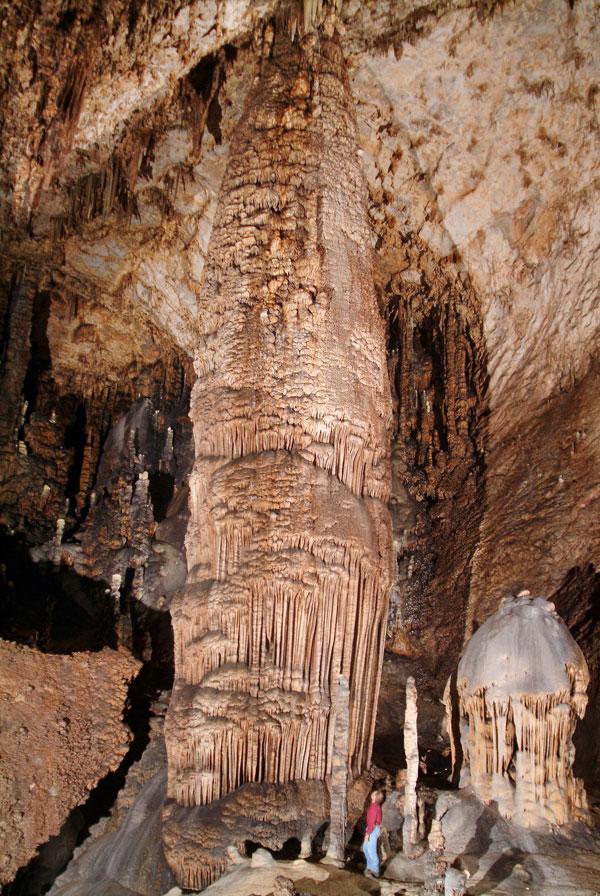
Length: 128 miles (206 kilometers)
Location: New Mexico, USA
Lechuguilla Cave is the deepest limestone cave in the United States, containing formations and microbes found nowhere else in the world.
Small amounts of bat guano were mined from the entrance passages for a year under a mining claim filed in 1914.
The Caves contain large amounts of gypsum and lemon-yellow sulfur deposits. Rare speleothems can be found there as well, including 20-foot (6 meters) gypsum chandeliers, 20-foot (6 meters) gypsum hairs and beards, 15-foot (4.6 meters) soda straws, (speleothems shaped like hollow mineral tube that grow in places where water leaches slowly through cracks in rock)., hydromagnesite balloons (small, gas-filled pouches usually made of hydromagnesite), cave pearls, subaqueous helictites(a speleothem that changes its axis from the vertical to horizontal at one or more stages during its growth.), and rusticles (a formation of rust similar to an icicle or stalactite).
Wind Cave:
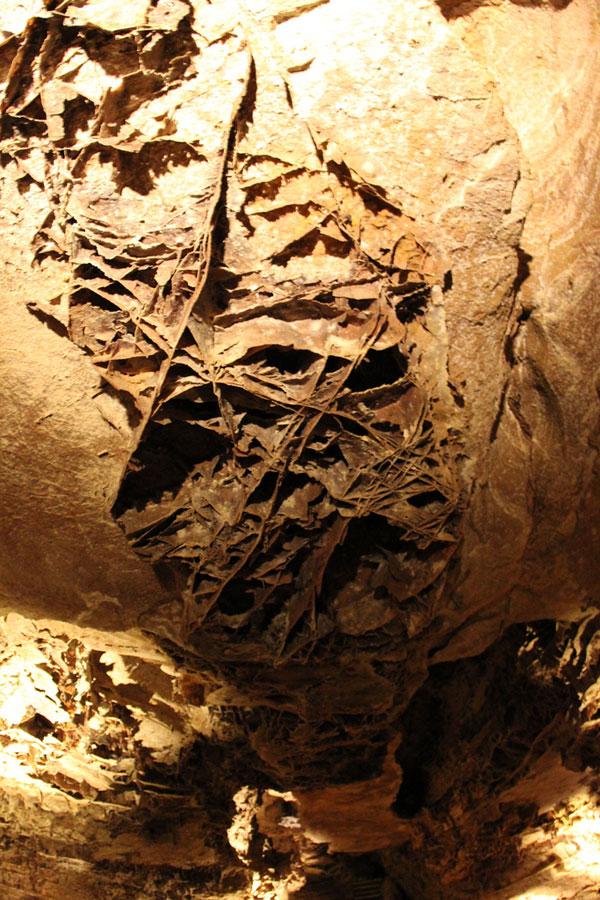
Length: 134 Miles (216 Kilometers)
Location: South Dakota, USA
This large cave has over 130 miles (209 kilometers) of passages that have been mapped, with many more remaining to be discovered, making it the fourth longest cave in the world.
It holds 95 percent of the world's calcite boxwork formations, a type of speleogen, a formation similar to a speleothem, but formed by erosion. It is commonly composed of thin blades of the mineral calcite that project from cave walls or ceilings and intersect one another at various angles, forming a box-like or honeycomb pattern.
In addition, it is reputed to have the densest concentration of passages of any cave in the world.
Optimisticeskaja Cave
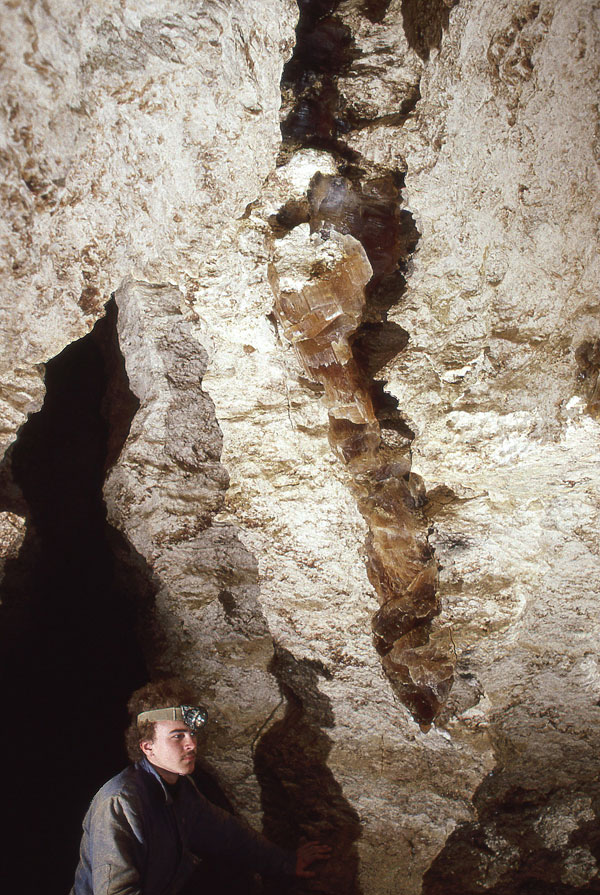
Length: 143 miles (230 kilometers)
Location: Korolivka, Ukraine
Optimisticeskaja, meaning "optimistic" in Ukrainian, is a gypsum cave. It is the longest gypsum cave in the world.
The entire cave lies under a 1.25-square-mile (2-square-kilometer) area in a layer of gypsum less than 66 feet (20 meters) thick.
The passages of the cave are low and often filled with silt. They make up a dense network on three different levels, making Optimisticeskaja what is known as a "maze cave."
Jewel Cave
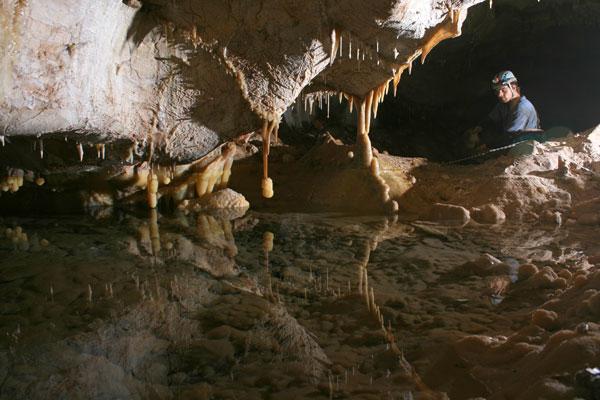
Length: 151 miles (243 kilometers)
Location: South Dakota, USA
Jewel Cave was carved by slowly circulating, acid-rich groundwater.
Calcite speleothems (cave formations, formed by aggregation of minerals) that formed in the cave include stalactites, stalagmites, flowstone, draperies and so-called popcorn(a form of cave formation made up of small, knobby clusters resembling popcorn.)
Gypsum speleothems, unlike cave formations made of other minerals, are only found in dry parts of the cave. These speleotherms appear as needles, beards, flowers, or spiders.
Hydromagnesite often appears on the walls as small white clumps resembling chalky cottage cheese. Rare hydromagnesite balloons exist in a few areas of the cave, where the pasty material has been inflated.
Mammoth Cave

Length: 390 miles (628 kilometers)
Location: Kentucky, USA
In the Mammoth Caves, the longest set of caves in the world, there are giant vertical shafts, from the towering 192-foot-high (58.5 meters) Mammoth Dome to the 105-foot-deep (32 meters) Bottomless Pit. Passages and rooms are decorated with sparkling white gypsum crystals, and colorful, sculpted shapes of stalactites, stalagmites and other cave formations.
Underground rivers with names like Echo River and the River Styx flow through Mammoth's deepest chambers. And in the cave's absolute blackness dwell many rare and unusual animals, including eyeless fish, ghostly white spiders and blind beetles.
Mammoth Cave developed in thick Mississippian-aged limestone strata capped by a layer of sandstone, which makes the system very stable and may be what allowed it to develop to the degree it has.



